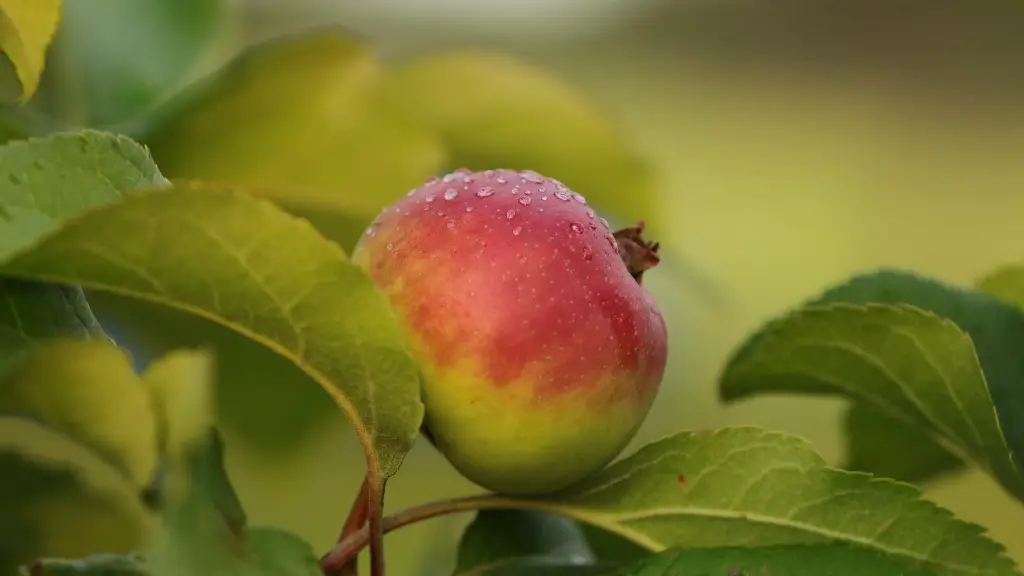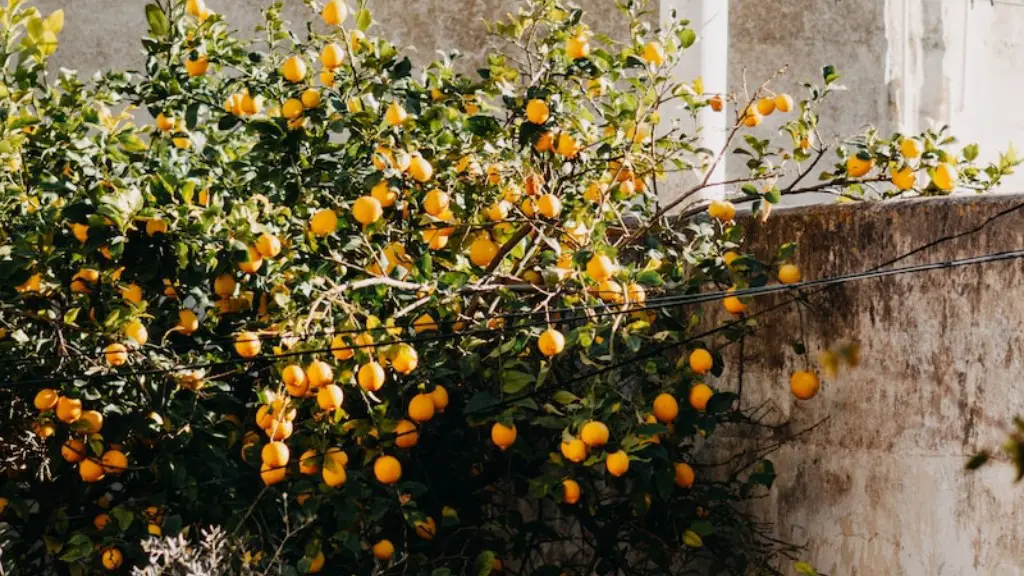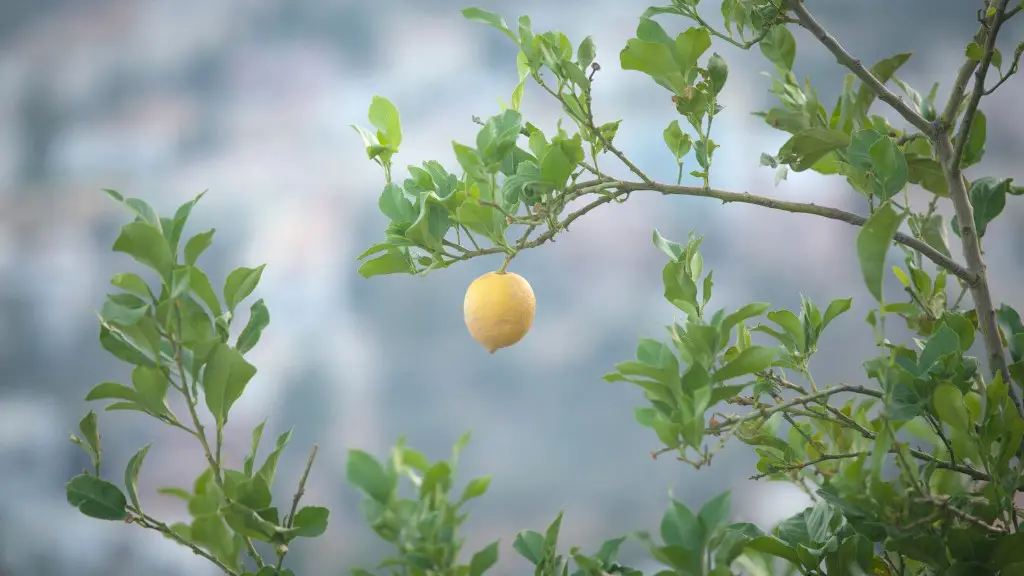Winter is the best time to cut back your apple tree. Pruning your apple tree in winter gives the tree an opportunity to heal and focus on its energy reserves, while the cold temperatures slow down regrowth. To get the best results out of pruning, it’s important to understand what type of tree you have, and when to prune it. Knowing when to prune your apple tree is essential for its health and vigor. It’s best to wait until the late dormant stage in winter, when the leaves have fallen and the sap is no longer flowing. Pruning too soon can cause the tree to bleed sap, making it more vulnerable to disease.
Before beginning your pruning, it’s crucial that the proper tools are used. Pruners, loppers, and a saw can all be used for pruning, depending on the size of the branch being removed. To avoid damage to the apple tree, it’s important to make sure the pruning blades are sharp and clean. If pruners become clogged with sap, they should be cleaned before continuing with the pruning process.
When pruning an apple tree, it should be remembered that pruning removes part of the tree’s canopy and exposure is created. This can cause sunburn and stresses the tree. Therefore, it’s important to focus pruning on removing smaller, dead or diseased branches, with only minimal exposure of live wood. This reduces the chance of sunburn and stress.
To ensure a healthy tree, it’s best to follow the three-year pruning plan. The three-year plan focuses on pruning different parts of the tree each year. In the first year, the center of the tree is pruned and small dead branches are removed. In the second year, larger dead branches are removed and the trees’ shape isdefined. In the third year, the canopy is pruned to focus on the health of the tree. Following this plan will help your tree optimize the amount of light received, improve air circulation and reduce the amount of stress.
After pruning, it’s important to consider guarding your tree. This can be done through the use of insecticides and fungicides, or tree wraps. Wrapping the tree can help protect it from diseases and pests that may be attracted to the exposed wood. Wrapping also provides an extra level of protection against accidental damage to the bark during cold winters.
Further Considerations
In addition to when to cut back your apple tree, it is important to consider what type of branches need to be pruned. Branches should be pruned in the shape of a cone so that the light and air can easily reach the leaves. This will help the tree receive optimal light and promote healthy growth. It is also important to consider pruning cuts. If cuts are too close to the trunk, the tree will be more vulnerable to disease. Therefore, pruning cuts should be made just beyond the branch collar so that the tree has a chance to heal.
Pruning Techniques
When pruning an apple tree, there are various techniques that can be used. For example, crown thinning is a pruning method which focuses on removing unnecessary branches from the canopy so that light can reach the inner foliage. This technique works best when pruning older trees. On the other hand, fruit tree pruning is a pruning method that focuses on removing overly vigorous shoots and branches and maintaining the size of the trees’ canopy. This pruning technique is most beneficial for young trees.
Reducing Damage
Pruning an apple tree can cause a great deal of stress to the tree, and can also lead to disease and insect infestation. To reduce the potential damage, it is important to avoid pruning in late winter or early spring, when the sap is flowing and the tree is coming out of its dormant stage. Furthermore, pruning should be done carefully and only with the necessary tools to avoid damaging the bark or the branches.
Disease and Insect Control
Apple trees are susceptible to a variety of diseases and pests that can cause significant damage to the tree. To help reduce disease and insect infestation, it is important to prune the tree regularly and to follow a three-year pruning plan. Additionally, insecticides and fungicides should be applied when necessary to help control any existing pests or diseases. Finally, wrapping the tree in tree wrap can help protect the bark from sunburn and accidental damage, as well as from pests and diseases.


